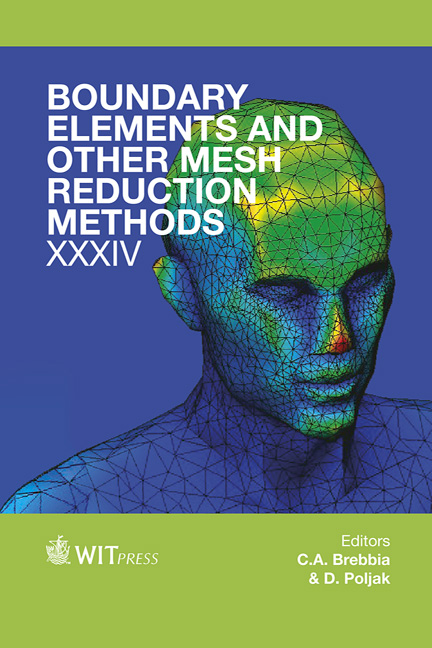A Meshless Method Solution Approach For The Transient Poro-elastic Levee Problem
Price
Free (open access)
Transaction
Volume
53
Pages
12
Page Range
233 - 244
Published
2012
Size
1,691 kb
Paper DOI
10.2495/BE120211
Copyright
WIT Press
Author(s)
E. Divo1 & A. Kassab2
Abstract
We apply the localized collocation Meshless method (LCCM) to the solution of the problem of poro-elastic flow in a levee. In this approach the interaction between the water flow and soil is resolved in a time-accurate manner. Keywords: meshless methods, poro-elasticity. 1 Introduction Water retaining structures, such as dams, canals, and levees, are essential for managing water resources. Building them with locally available soils is often the most economical, environmentally friendly, and sustainable method. It is possible sometimes to economically construct these structures with masonry, concrete, or even alternative materials. However, they must be placed on highquality foundation soils for satisfactory performance wherever a solid rock stratum is not available at a reasonable depth. Therefore, the safety of most of these hydraulic structures depends on the capacity of the soils in the body and/or the foundation to resist the seepage forces created by the retained water. In other words, the soils should be able to safely seepage without damage or erosion of soils. Often times, the seepage on the downstream sides of hydraulic structures is found to be laden with soil particles, a phenomenon commonly referred to as \“sand boils”. Excessive seepage at specific points on the downstream side is indicative of preferential flow that may be due to anomalies in construction, foundation strata, or formation of internal voids due to movement of soils under excessive seepage forces. Formation and gradual expansion of internal voids is
Keywords
meshless methods, poro-elasticity.





